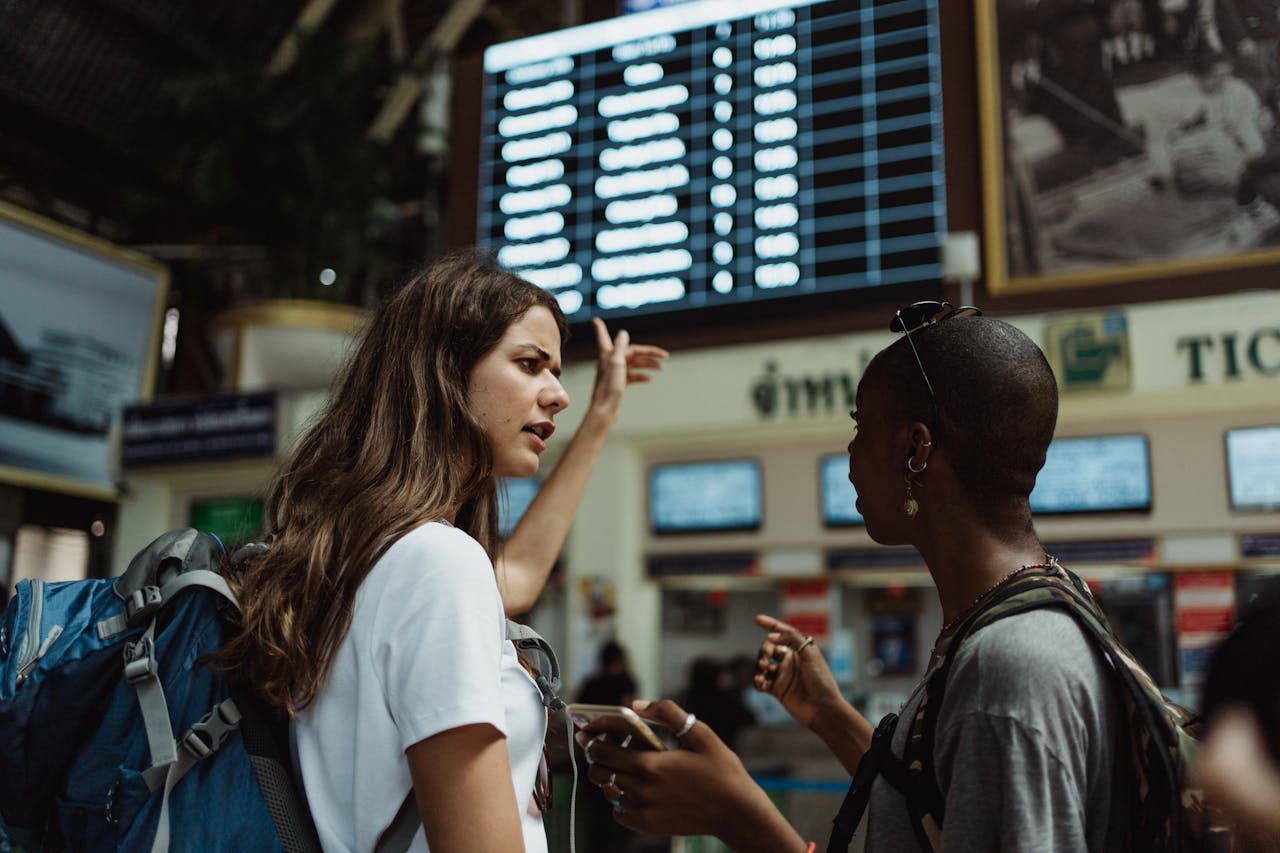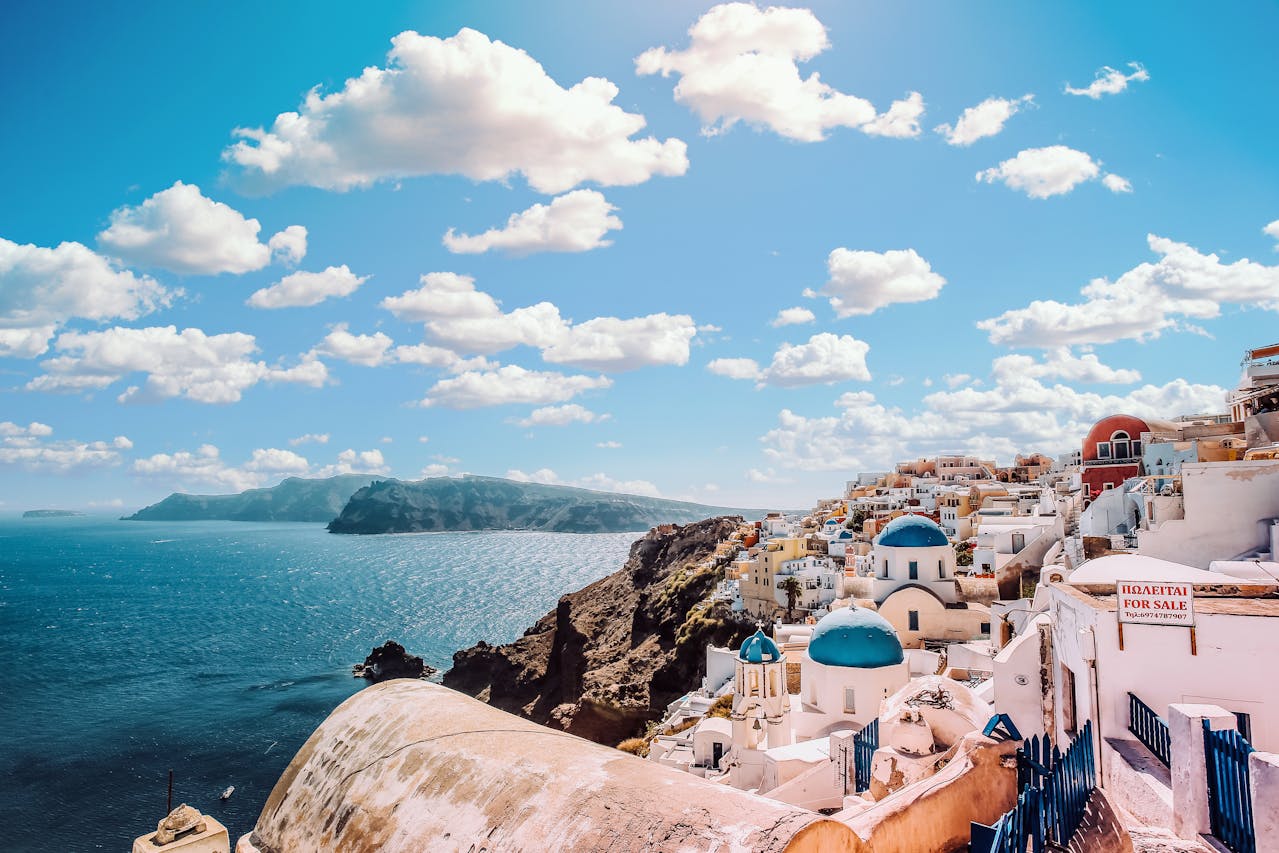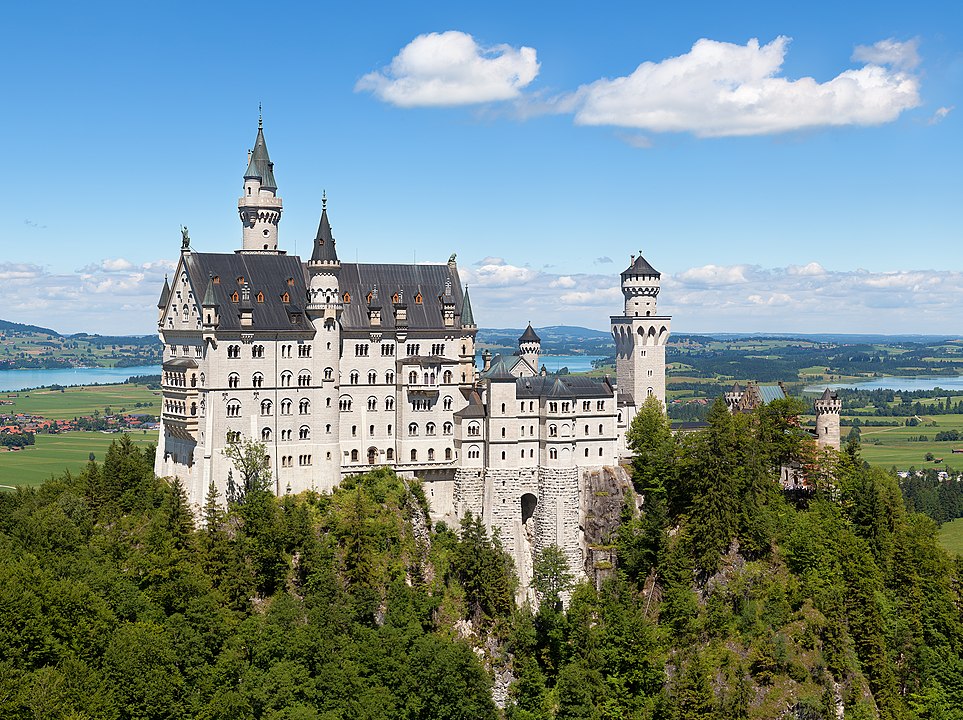Los Angeles still sells a dream. Sunlight on stucco, canyon roads at golden hour, palm fronds that frame a perfect skyline. Many visitors arrive hopeful and leave doing a different kind of math. The bill runs higher than planned, the logistics eat days, and the vibe feels off in spots that used to sparkle. That gap between postcard and trip is pushing some travelers to pause or pivot.
Here’s the thing. Most people do not bail on a city for one reason. It is a stack of frictions that add up. Prices, safety perceptions, transit strain, and smoky skies in bad weeks. Add labor unrest and unsettled downtown energy. With strong competition abroad, the pull of LA meets a louder set of push factors.
Cost Pressure Is Changing Plans
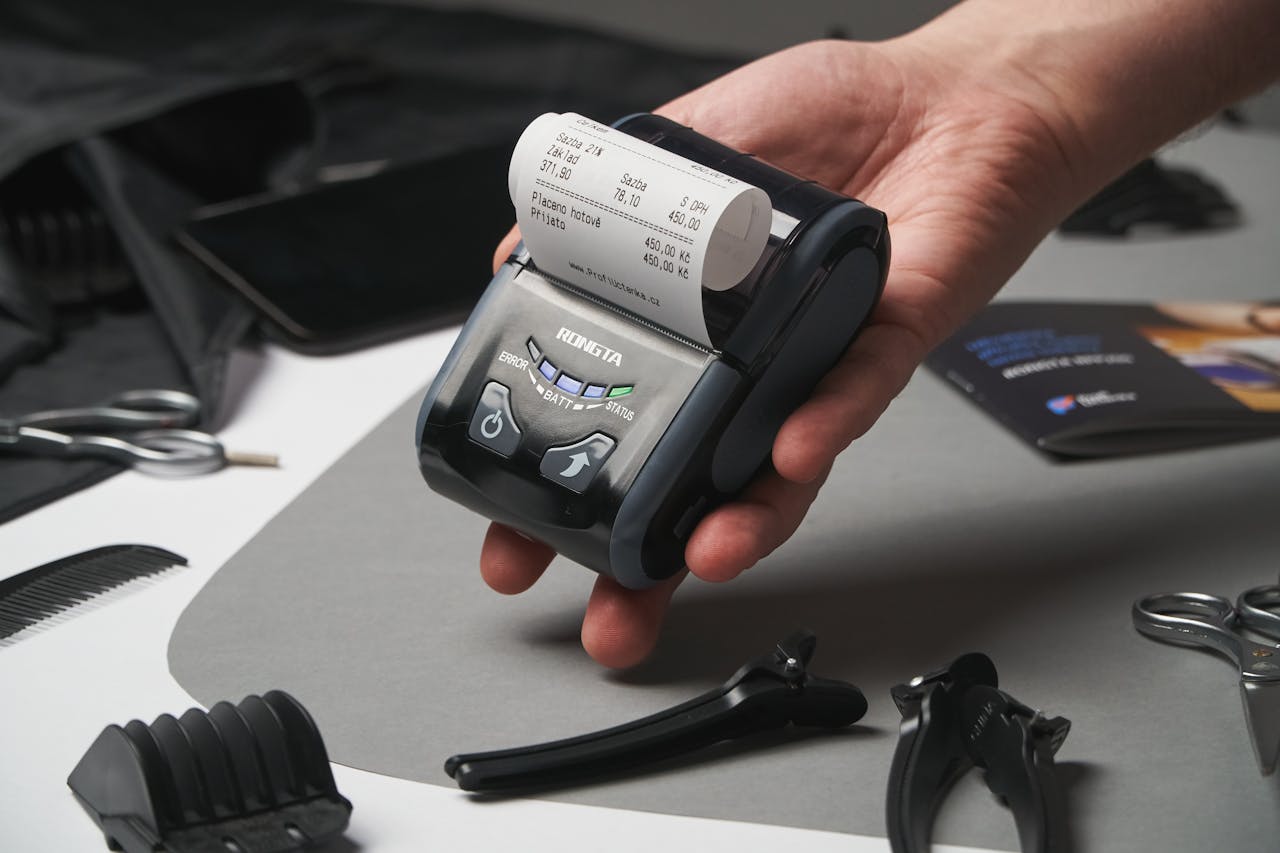
Hotel rates, taxes, and nightly parking stack fast. Short term rental prices climb too, and cleaning fees erase small wins. Dining is excellent but totals creep once service and drinks land on the check. Families trim nights or trade a central address for a longer commute. Many shift to calmer, cheaper bases in Ventura County or San Diego and treat LA as a day trip.
The pattern is simple. When a midrange weekend starts to feel like a special occasion budget, people look for relief. Cheaper coastal towns, desert getaways, and even neighboring states offer clean value stories with less stress.
Safety Perception And Visitor Behavior
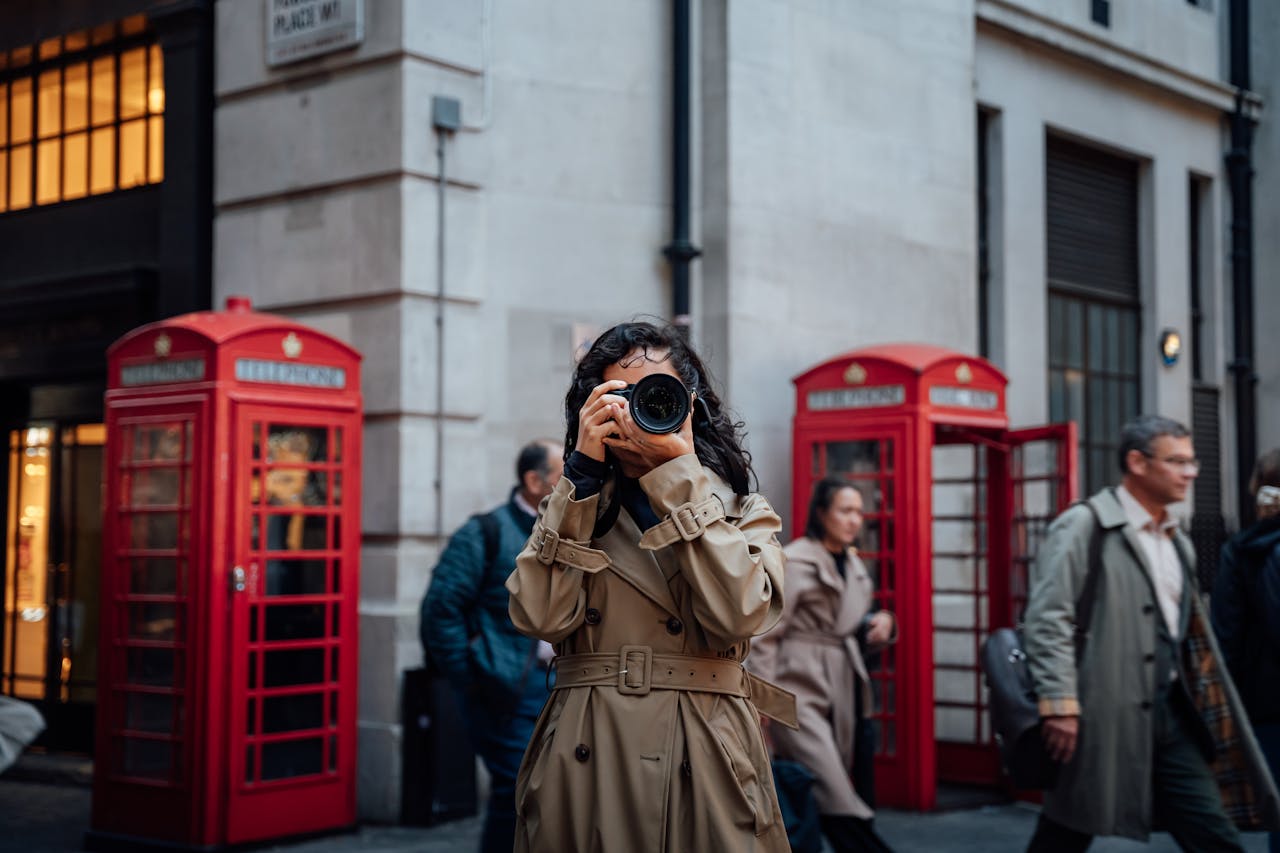
News cycles and social feeds amplify anxiety. Visitors respond by shrinking their footprint and sticking to daylit, busy corridors.
That reduces risk but also cuts serendipity.
Petty theft and car break ins around viewpoints are real. Basic steps help. Do not leave bags visible. Park near activity.
A calm plan beats constant worry.
The city is not a monolith. Blocks change quickly, and crowds ebb after dark. Travelers who research routes and time their moves enjoy more of what they came for without white knuckles.
Homelessness Near Attractions
Encampments near marquee sights can unsettle visitors who are new to big city realities. Staff at museums and gardens work hard to keep entrances welcoming, but the contrast is visible and sometimes jarring. People adjust by favoring places with defined perimeters, clear security, and frequent foot traffic. It is a human problem first, and it also shapes itineraries in subtle ways.
The most practical approach is simple. Pick routes with steady activity, avoid wandering late on quiet blocks, and keep plans specific. Awareness and courtesy make days smoother for everyone.
Labor Strains And Event Disruptions
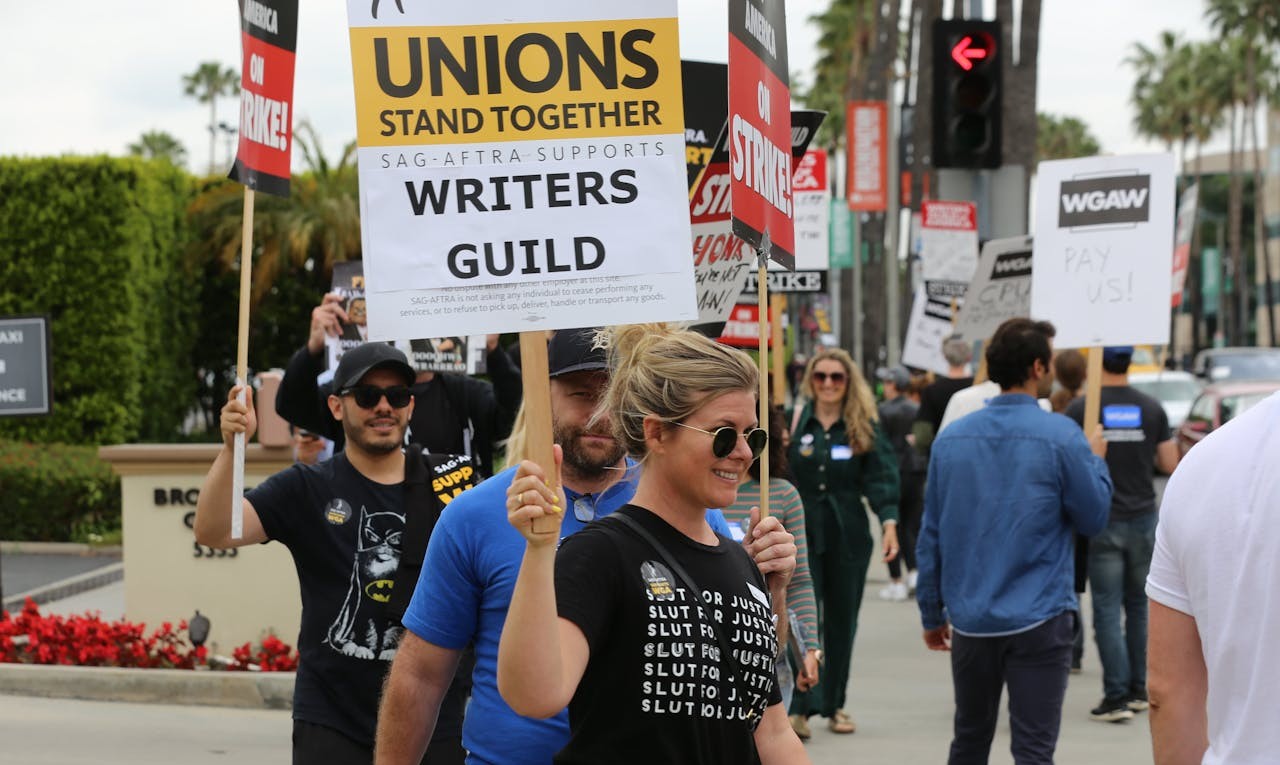
Industry strikes paused productions and added a layer of uncertainty to studio visits and related tours. Hotel labor disputes sparked picket lines and noise outside some properties.
That dents the mood and pushes flexible travelers to reschedule.
Immigration raids and tense headlines spooked some overseas visitors who prefer predictable trips. Even if incidents are targeted and rare, perception travels faster than footnotes.
Cautious planners moved LA down the list.
Big conventions, award weeks, and stadium dates lift rates and crowd favorite venues. The calendar effect is real. Miss the timing and the same trip becomes pricier and less fun.
International Arrivals In Flux
Flows from China, Germany, Australia, and Canada softened as rules, costs, and sentiment shifted. Airline schedules were slower to rebuild in some markets, and families hesitated on long haul splurges. Visitor boards see the gap in museum chatter and group bookings. At the same time, Mexican visitation has held steadier, supported by proximity, ties, and frequent service.
This mix changes neighborhood energy. Fewer long haul tour groups means quieter downtown lobbies and fewer spontaneous sold out afternoons at marquee attractions. Recovery is uneven and visitors notice.
Traffic And Infrastructure Fatigue
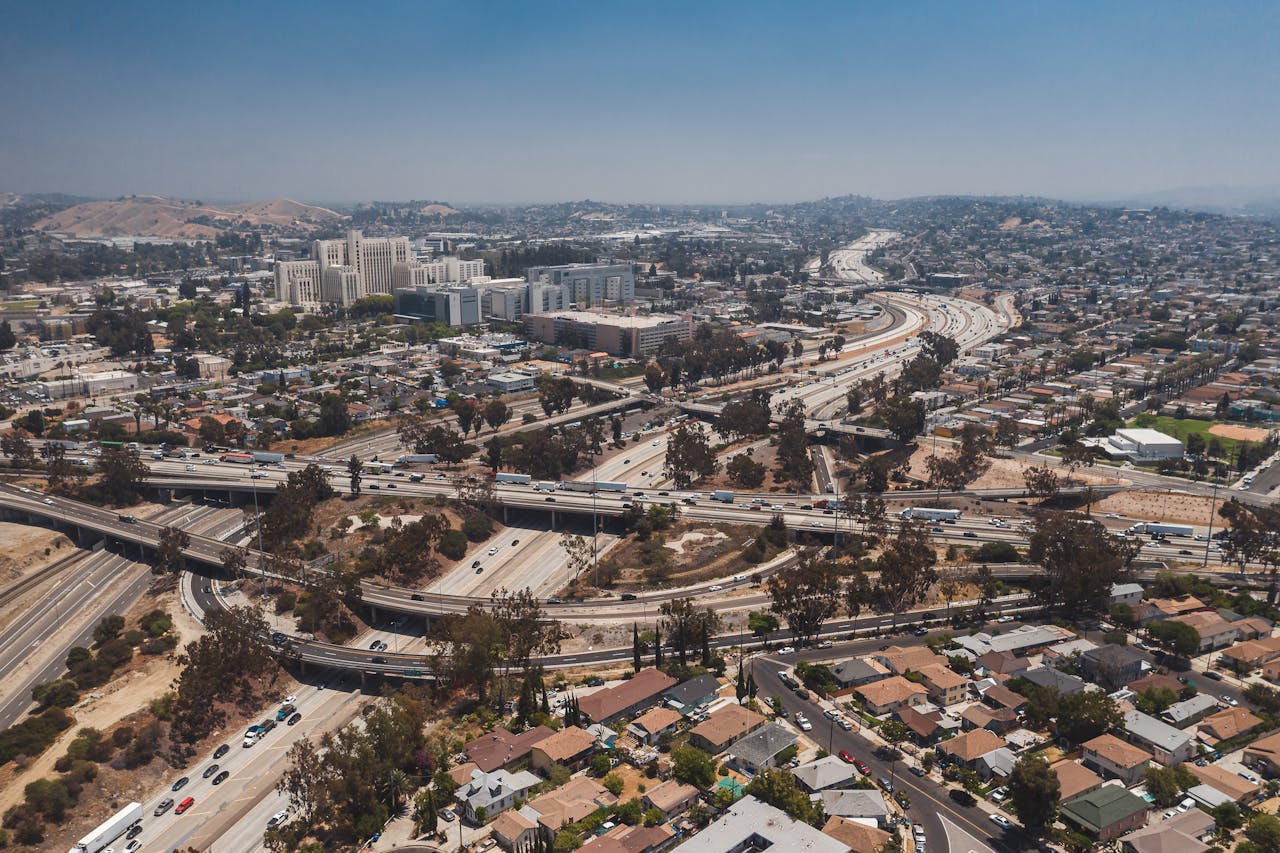
Gridlock is not a punchline when the itinerary has three anchors across town. Crossing the basin at the wrong hour can cost a museum visit or a sunset. Airport improvements help at the curb but cannot fix citywide mobility alone. Metro lines keep expanding, yet coverage remains patchy for a visitor who wants to hop from beach to hills to studios in one day.
The fix is strategy, not heroics. Cluster plans by zone, travel early, and leave room for the unexpected. People who do this still enjoy LA. People who do not spend their trip in a car.
The Image Gap From Hollywood To Downtown
Some first timers expect celebrity sightings and stumble into costume performers and trinket shops. Expectations meet reality on Hollywood Boulevard. The good news is thinner crowds make photos easier and tours less hectic. The experience improves with clear targets like a studio museum, a well chosen theater night, and a meal where locals actually eat.
Downtown tells a different story. Pre pandemic buzz has not fully returned. Hotels run half full on certain nights, restaurants juggle shorter hours, and event calendars feel thinner. The area still delivers on architecture, art, and sports, but the ambient energy swings more widely than it did a few years ago.
Climate Risk And Global Competition
Wildfire seasons and heat waves add a weather wildcard. Smoky skies and air quality alerts in 2025 spooked overseas travelers who want clear views for big once in a decade trips. Many decided to wait or chose a different coast. The competition is fierce. Tokyo, Seoul, and Barcelona present clean narratives of safety, transit ease, and newness. Those cities make a simple promise and keep it.
Los Angeles can match with timing and focus. Come on a clear week. Aim at two zones, not five. Build in rest and shade. The city still rewards curiosity, but the margin for error is thinner than it used to be.
